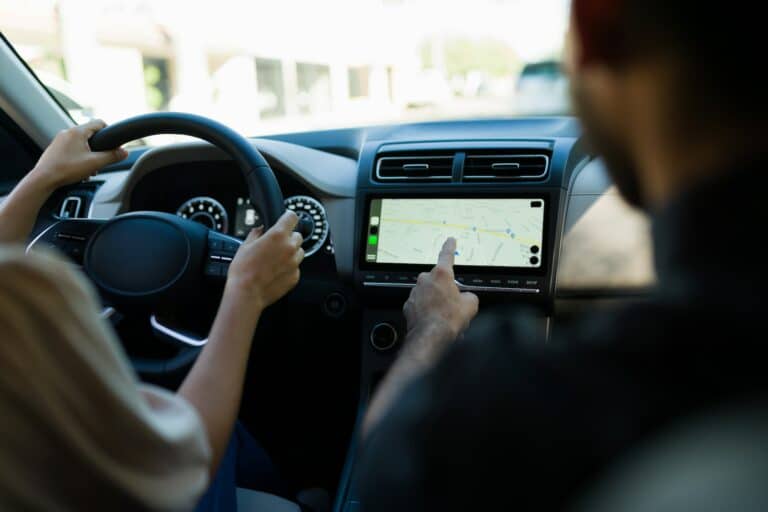Top Gear was an iconic series, and I have happy memories of watching with my teenage son, as the Trio that were Jeremy, Richard and James, embarked on many a hilarious Road Trip! Jeremy was perhaps never one to take risks very seriously or certainly plan (or so it seemed) and as I took the car out this morning I was reminded of the importance of planning when driving to avoid the risk of an incident.
The sun has been shining brightly in York since early morning, and it’s most welcome after a weekend of rain and early morning mists. But who would have expected this bright spring-like change in the weather? Not me! and maybe not you either?
It’s exactly this type of unexpected change in driving conditions that can catch drivers out and increase the risk of incidents. Bright winter sunshine is a challenging factor as it can obscure vision and sit very low in the sky, causing drivers to be ‘blinded by the sun’. Drivers must reduce their speed and ensure they increase the gap between the vehicle infront to allow for unexpected braking or lane changing in high glare conditions.
The sun causes glare that affects a driver’s clear vision when it:
· reflects on vehicle bonnets
· bounces off the surface of puddles
· shines on snow
· hits wet tarmac on road surfaces
· bounces off metal roadside signs
· sits low in the sky and is ‘blindingly’ bright
To reduce the likelihood of having a vehicle accident during sunny and ‘high glare’ conditions all drivers should be wearing the correct type of sunglasses suitable for driving and keep them to hand in their vehicle ready to wear at short notice. Everyday ‘holiday sunglasses’ will not provide sufficient eye protection to counteract the sun’s glare when driving on the roads. Always check that driving sunglasses meet the European Standard BS EN 1836 2005 or equivalent standard, which should be printed on the inside arm, giving certainty they provide good UV protection and are suited to being worn for driving.
I hope this advice helps drivers and fleet operators to avoid incidents no matter the season so that drivers are well prepared for whatever the weather conditions. For comprehensive road risk management, consider joining Fleet Safety Academy – A ‘Ready To Use’ System designed to enhance occupational road safety.











